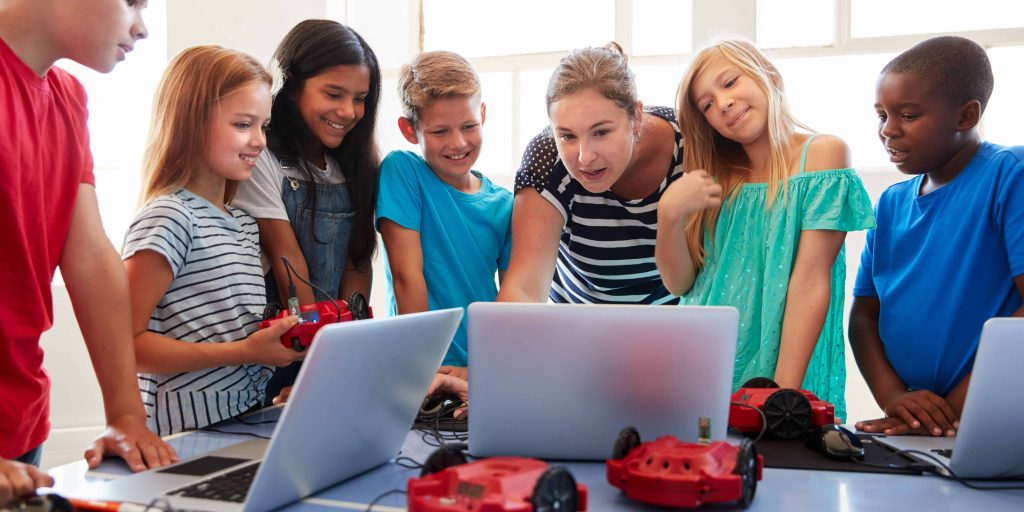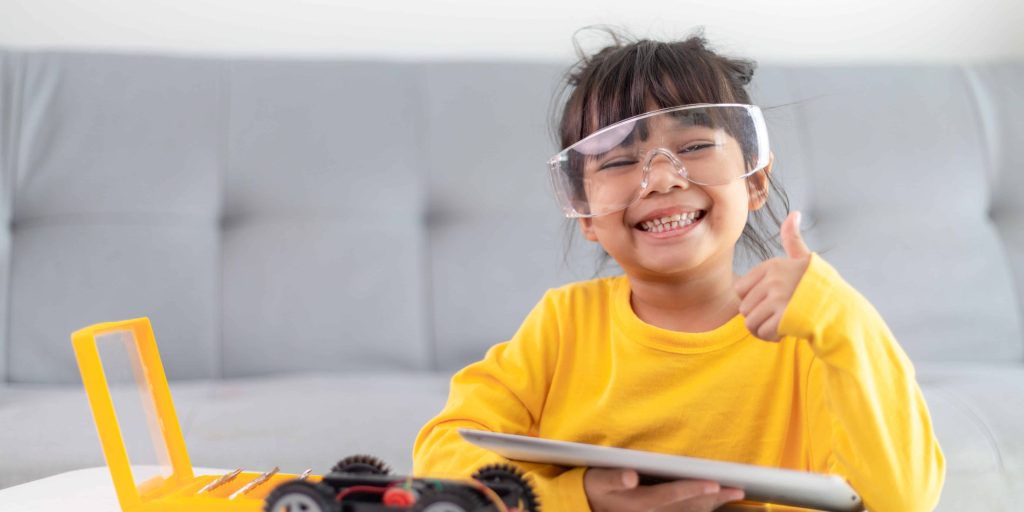Artificial Intelligence (AI) is revolutionizing the education sector by providing innovative ways to enhance the learning experience. AI provides personalized, real-time support to students and teachers and opens up new avenues for interactive learning. This article will explore five ways that AI can help students, focusing on the benefits that AI brings to the classroom. The active role of AI in preparing lessons for individual needs allows for a more engaging and effective learning process. It assists teachers in assessing the progress of students and provides timely feedback for improvement. In addition, AI improves the accessibility of educational resources, making learning opportunities available to a wider audience. Overall, the active participation of AI in education marks a significant shift towards more efficient and inclusive learning environments.
1. Differentiated instructions:

Teachers are often challenged by the diversity of learning styles in the classroom. It is almost impossible to provide fully customized lessons to each student. AI addresses this problem by observing students as they complete assignments. It tracks their progress, time spent, and success rate. When a student is struggling, AI steps in with help, while successful students are offered more challenging tasks. This real-time feedback, which is challenging for teachers to provide manually, facilitates dynamic adjustments to the learning environment, content, and tasks, thereby improving rapid learning. For example, researchers at Carnegie Mellon University’s Human-Computer Interaction Institute have taught an AI system to solve math problems. The system can identify areas where students often face confusion and highlight efficient problem-solving methods.
2. Intelligent Textbooks:
Stanford researchers are developing an “intelligent textbook” called “Inquiry.” This iPad app monitors students’ attention and interactions as they read. It offers interactive features like touch-accessible definitions, highlights, and annotations. In addition, it suggests individual questions and adjusts the reading level of the text. Additional multimedia content is provided to improve comprehension.
3. Increased rating:

Artificial Intelligence can revolutionize traditional assessment methods by identifying hidden learning patterns. For example, Duolingo, a language learning company, uses AI to create and score English proficiency tests. The system adjusts the difficulty of the test based on the student’s performance and provides accurate insight into their abilities and weaknesses. The Reach Every Reader Project, led by the Harvard Graduate School of Education, MIT, and Florida State University, uses educational games to assess children’s reading levels so that parents and teachers can identify and correct any discrepancies.
4. Personalized Education:
Personalized learning, driven by students’ interests and goals, is made more accessible by AI. Adaptive learning systems quickly recognize when students are struggling and provide tailored support. As students demonstrate mastery, Artificial Intelligence presents more challenging tasks. Chatbots with AI systems provide personalized, on-the-fly feedback and support. These chatbots help students with course-related questions and structure, making learning a more inspiring and engaging experience. The AI-powered recommendation system generates custom assessment questions, detects misunderstandings, and suggests new areas of learning, further personalizing the learning process.
5. Tutoring and Homework Assistance:

AI-powered tutoring platforms and virtual assistants provide immediate support for homework and assignments. These tools explain complex concepts, provide step-by-step guidance, and adapt to individual learning styles. They ensure that students have access to valuable educational support 24/7, making learning more flexible and effective.
Finally, Artificial Intelligence will help students learn differentiated instruction, intelligent textbooks, advanced assessment methods, personalized learning, and tutoring/learning skills. Homework is reshaping the way learning is done by providing support. As AI technology continues to advance, it promises to revolutionize education, allowing students to reach their full potential and provide more tailored and effective instruction to teachers.
Conclusion
Artificial intelligence is revolutionizing the education sector and leading to a paradigm shift in the way we approach learning and teaching. The five ways AI supports students presented in this article demonstrate its active role in shaping the future of education. From personalized and differentiated teaching to the development of intelligent textbooks, the impact of Artificial Intelligence is tangible and transformative. The improved assessment methods and personalized learning experiences enabled by AI are game-changers in the educational landscape. Additionally, AI-powered tutoring and homework help make learning more accessible and flexible for students, thereby contributing to their academic success. As AI technology continues to develop, it promises to create more effective and inclusive learning environments, helping students and teachers unlock their full potential.





